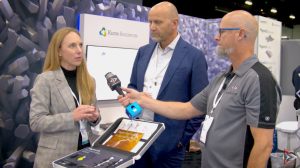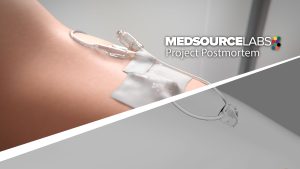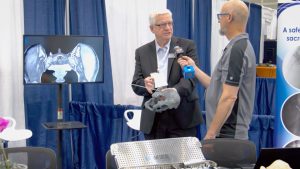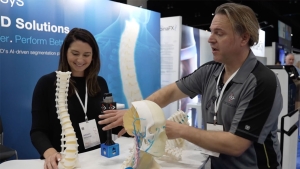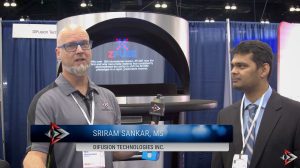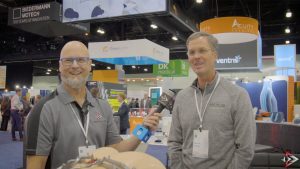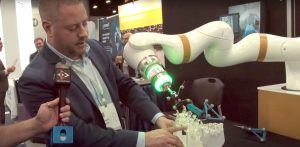In the ever-evolving landscape of healthcare technology, innovation often takes center stage at major medical conferences. The North American Spine Society (NASS) 2023, held in Los Angeles, California, was no exception. At this prestigious event, Doctech.live, a leading Med-Tech Innovation Report and journalism company sponsored by Ghost Productions Inc., had the privilege of interviewing David Grandpre, a representative of VisAR, an Augmented Reality Surgical Navigation company. VisAR’s groundbreaking technology has been making waves in the medical field, offering a transformative solution to enhance surgical precision and guidance.
VisAR: The Future of Surgical Navigation
VisAR’s mission is to revolutionize surgical navigation by providing a precise and immersive experience for medical professionals. As David Grandpre explained during the interview, VisAR utilizes cutting-edge technology to enhance surgical procedures by superimposing 2D or 3D images onto the patient’s body. This innovation acts as a surgical GPS, offering a roadmap to guide surgeons through complex procedures, much like a navigation system in a car.
Key Features of VisAR
Navigational Views and Integrated Targeting System
VisAR offers multiple navigational views and an integrated targeting system to assist surgeons in planning and executing procedures with utmost precision.
Precise Instrument Tracking
The technology boasts exceptional instrument tracking accuracy, with an astonishing accuracy of +/- 1mm.
Real-time 3D Reconstruction and Segmentation
VisAR provides real-time 3D reconstruction and segmentation, allowing surgeons to visualize the patient’s anatomy in unprecedented detail.
Pre-operative Planning
Surgeons can plan procedures either in advance or in real-time, enabling them to make informed decisions during surgery.
Intraoperative Immersive Viewing
The technology offers an immersive intraoperative experience through augmented reality, providing surgeons with a virtual view of the patient’s anatomy.
Easy Setup
With a quick 2-minute setup in the operating room, VisAR ensures that surgeons can seamlessly integrate it into their workflow.
FDA Clearance
VisAR has received clearance from the FDA, indicating its commitment to meeting rigorous safety and efficacy standards.
Enterprise-wide Integration
VisAR is designed to support all hospital operating rooms, making it a versatile solution for healthcare facilities.
Continuous Registration and Sub-millimeter Accuracy
One of VisAR’s standout features is its continuous registration and tracking capability, which adjusts to patient movement, maintaining sub-millimeter registration accuracy. This means that even if the patient moves during surgery, the images remain aligned with the patient’s anatomy, ensuring precision throughout the procedure.
The VisAR Experience
During the interview, David Grandpre demonstrated the VisAR system using Microsoft HoloLens, a groundbreaking application of augmented reality in the medical field. The HoloLens allows surgeons to visualize the patient’s anatomy with incredible clarity and accuracy.
With the VisAR system, surgeons can plan their procedures, identify needle trajectories, and guide instruments with unparalleled precision. The system provides navigational views, virtual needle representations, and real-time feedback on the surgeon’s progress, enhancing safety and reducing the risk of complications.
Conclusion
VisAR’s Augmented Reality Surgical Navigation technology represents a remarkable leap forward in surgical precision and guidance. By offering surgeons a real-time, immersive view of the patient’s anatomy and instrument placement, VisAR empowers medical professionals to perform complex procedures with greater accuracy and confidence.
The interview with David Grandpre at NASS 2023 showcased how VisAR’s technology is changing the game in surgical navigation. As healthcare continues to evolve, innovations like VisAR are at the forefront of improving patient outcomes and redefining the future of surgery. This transformative technology brings the precision of a robot, the portability of a stethoscope, and the versatility of human-powered intelligence to the operating room, promising a brighter future for patients and healthcare professionals alike.




